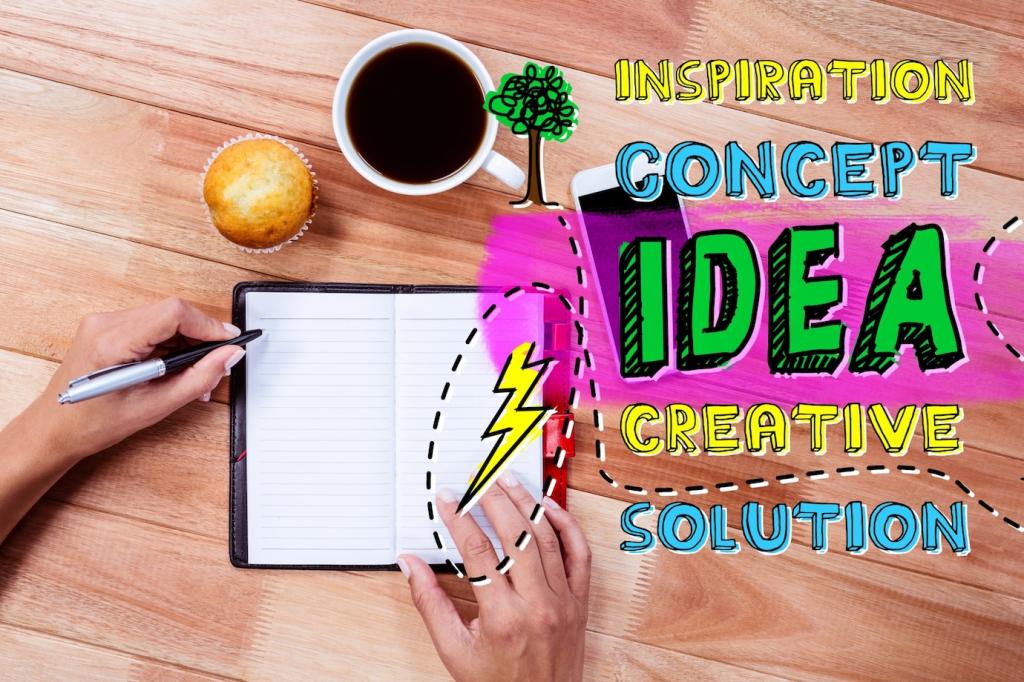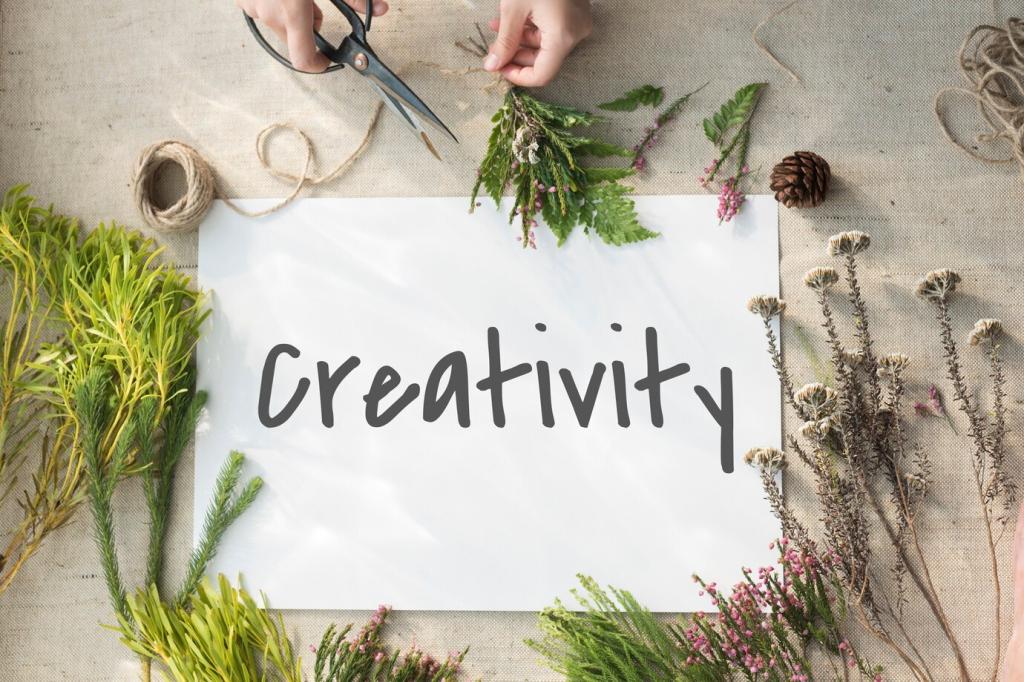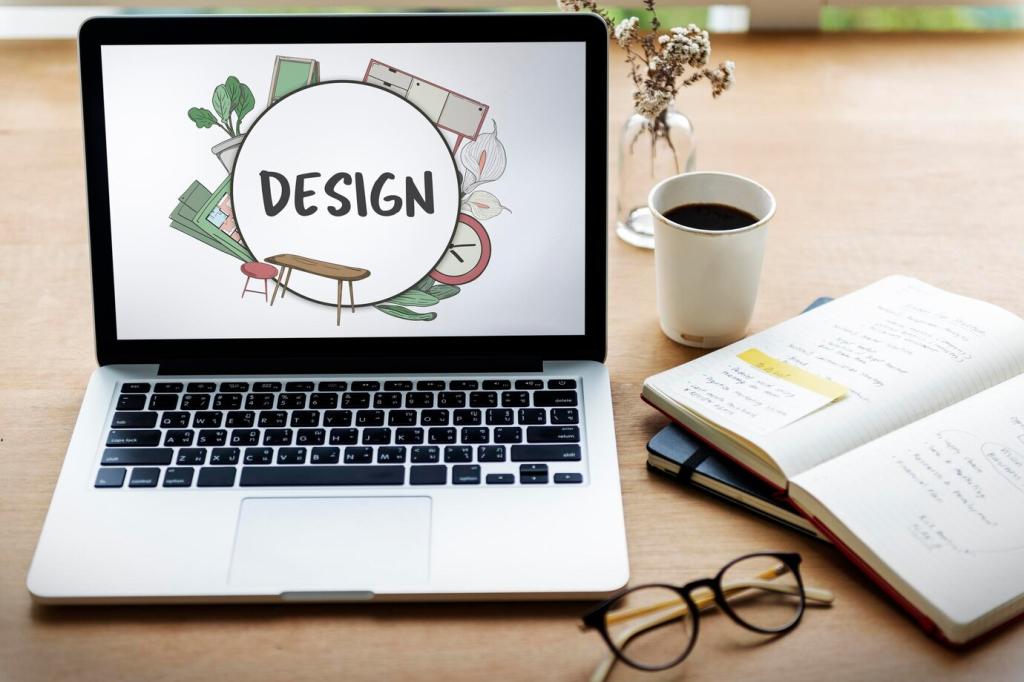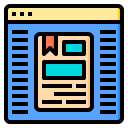Designing Accessible Educational Web Templates
Chosen theme: Designing Accessible Educational Web Templates. Welcome to a friendly space where inclusive design meets real classrooms. Together, we will turn accessibility standards into practical, beautiful templates that help every learner participate fully. Share your thoughts, subscribe for updates, and help shape our next iteration.

Real Classroom Stories Inform Every Pattern
Maria, a literature major using NVDA, described how properly labeled headings felt like chapter titles guiding her journey. When templates collapsed long readings into structured sections, she finished assignments with less fatigue. Tell us how headings changed your students’ pace and focus.


Real Classroom Stories Inform Every Pattern
A department piloted an assignment template with clear instructions, math rendered accessibly, and consistent ARIA labels for hints. Students reported fewer misclicks and more confidence. Predictability reduced anxiety before exams. Have a pilot in mind? Share your plan and we will cheer you on.

Contrast should meet guidelines, but meaning should never depend solely on color. Pair color with icons, text, or patterns. Reserve intense colors for calls to action and alerts. Share accessible palette combinations you love, and we will compile community-tested swatches for everyone.

Interactive Elements Done Right
Buttons and links with purpose
Differentiate buttons from links by behavior and style. Use verbs that describe outcomes, not mysteries. Ensure focus and hover styles are obvious and consistent. Post examples of microcopy that reduced confusion for your students, and we will spotlight them in the next roundup.
Forms with compassion and clarity
Label every field, group related inputs, and write helpful error messages that explain exactly how to fix issues. Support autosave and announce validation politely. If your updated form cut down on support emails, share the before-and-after experience to inspire others to iterate.
Dialogs and modals that respect attention
Use dialogs sparingly, trap focus correctly, and provide accessible titles and descriptions. Always offer a clear escape route and avoid time-pressured choices. Try replacing complex modals with dedicated pages, then tell us whether comprehension and completion improved for your learners.



Testing, Tooling, and Continuous Improvement
Navigate with only a keyboard, then with a screen reader such as NVDA or VoiceOver. Zoom the page, test high contrast modes, and try captions. Keep a checklist and iterate weekly. Post your checklist template so our community can adapt it to their context.
Testing, Tooling, and Continuous Improvement
Run axe, Lighthouse, and WAVE to catch common issues early. Treat results as starting points, not final judgments. Track trends across template versions. Share your favorite CI setup so others can integrate accessibility checks into their build pipelines smoothly and reliably.
Implementation and Team Culture
Hold short co-writing sessions where educators draft content while designers and engineers set structure. Agree on plain language and consistent patterns. Celebrate small wins publicly. Share a ritual your team uses to keep learners at the center of every decision.
Create a living pattern library with examples, dos and don’ts, and code snippets. Version templates, track changes, and write migration notes for educators. If you publish your library, drop a link or summary so others can learn and contribute ideas back.
Offer bite-sized workshops on headings, alt text, and forms. Provide starter kits and checklists inside the template itself. Rotate accessibility champions each semester. Tell us which training formats boosted adoption at your institution, and we will feature them in future posts.
